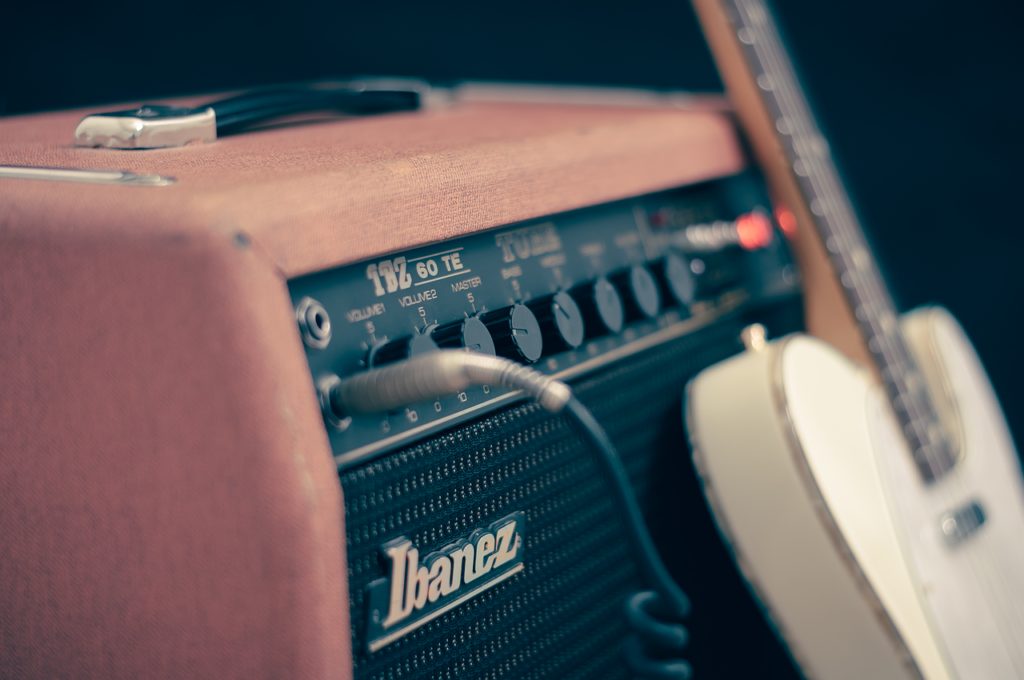Are you confused about what an octave is? Or are you a music teacher with a student that doesn’t understand how they work? Octaves are one of the most fundamental music theory concepts. When teaching music students, it helps to demonstrate them on a keyboard instrument, so I’ve created a keyboard diagram you can reference. Keep reading “How to Explain an Octave to an Absolute Beginner Musician?” to dive into the theory. Estimated reading time 2 minutes.
Read More

